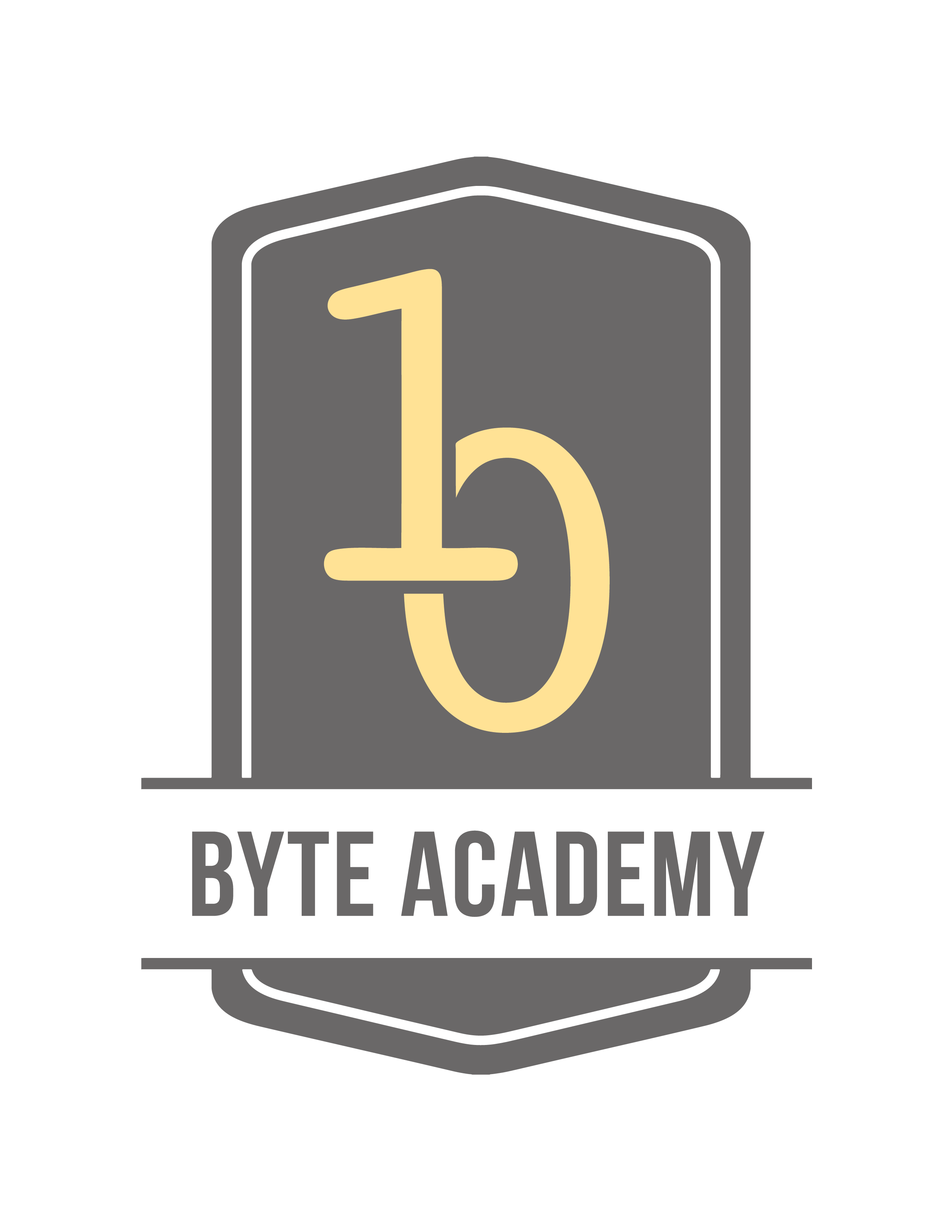Recently edChain, one of the first distributed networks for education, switched from ethereum to Stellar for payments on its content distribution platform. Ethereum, the most popular blockchain for payments, with thousands upon thousands of transactions occurring per day, has run into problems, due to its popularity, particularly high cost, which is the prime reason edChain made the switch.
For edChain, which strives to “democratize” and “lower the cost” of global education, any savings in that process is extremely valuable. On a high level, educators and institutions publish education content on the edChain network, and in return receive payments as the content is distributed to a larger, worldwide market. Other than a small transaction fee (approximately 1%) the educator receives full revenues from his or her published content. These revenues are much more than third party platforms which can charge anywhere from 25–50% (Udemy for instance, takes 50%). Also, the transaction fee is less than many payment processors which can charge 1.5–2.5%. Learners benefit in that they can access content from anywhere in the world, even without a broadband internet connection, opening up opportunity, particularly in poor and remote areas.
Savings incurred by the switch to Stellar can be passed along to all of the players in the edChain network. In addition to the above, these may include institutions, publishers and more. Transactions on the Stellar blockchain cost just over a fraction of a penny whereas it costs more than $1 to process an Ethereum transaction. With the larger and larger numbers of Ethereum transactions waiting to be processed, miners need more money to be incentivized to process transactions before others in the queue. With a narrower market, however, does not have such demands.
Stellar is also economical as it supports simple programming so companies do not need to hire expensive solidity developers. Knowledge of the solidity programming language is often needed to write the complicated smart contracts with Ethereum, which uses Turing-complete programming language. However, many applications, including the majority of token sales, also known as ICOs (Initial Coin Offerings) don’t require the full generality of Turning Smart Contracts.
Even at a lower cost, speed and security are not sacrificed. Transactions on the Stellar blockchain can settle in 2 to 5 seconds whereas it can take more than a minute to settle Ethereum transactions. Stellar’s limited system for smart contracts prevents people from writing exploitable code which can have pitfalls and be targeted for hacking schemes. Stellar is secure enough to be used for ICOs, which have traditionally been with ER20 tokens on the Ethereum network. Mobius Network was the first to do an ICO on Stellar, raising more than $39 million at the beginning of this year. Even for more general purposes, companies are utilizing Stellar. For instance, Kik, a social messaging platform, recently announced its switch to Stellar from ethereum. IBM, also, is using Stellar’s network for cross-border payments and Deloitte is a partner.
To find out more about how edChain is democratizing education, head over to www.edchain.io


